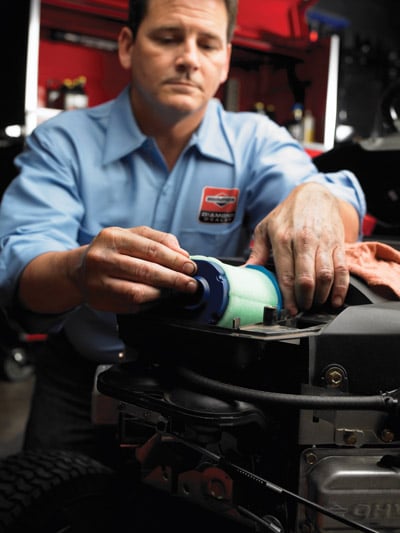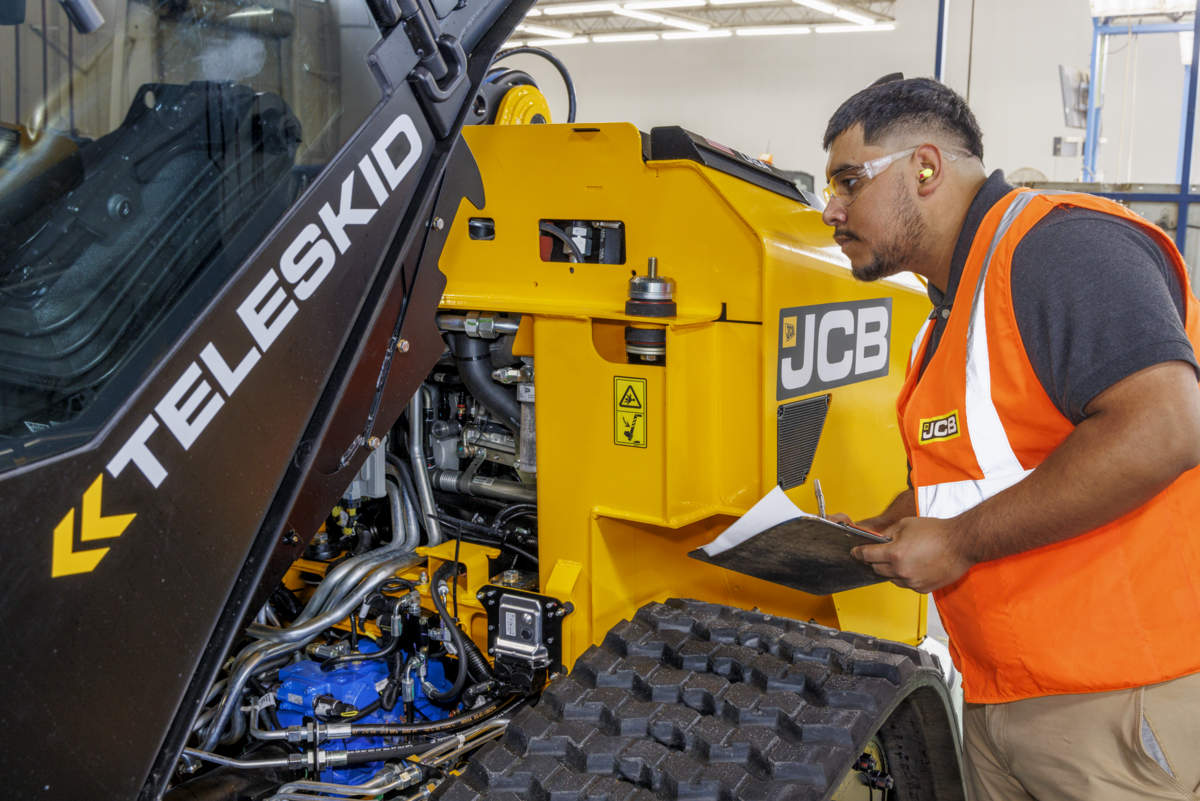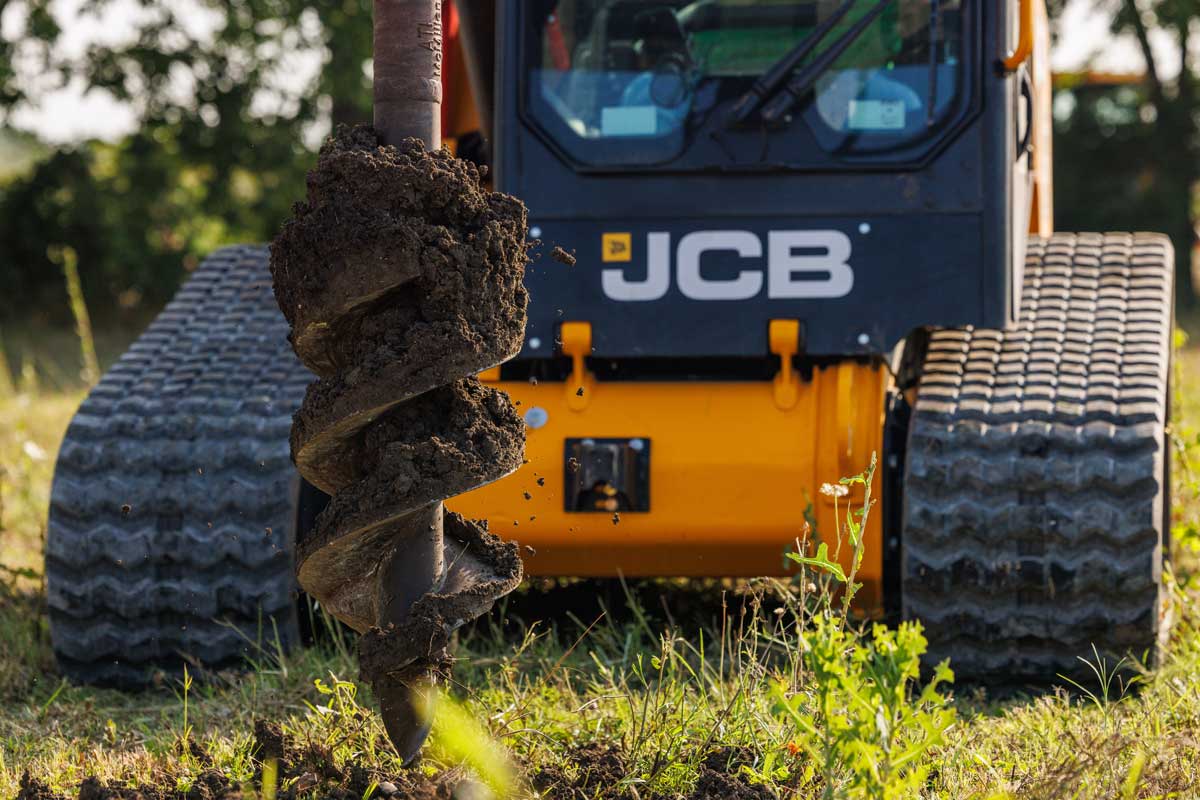Three Ways to Keep Small Engines Running in the Summer Heat
 Equipment powered by small engines need simple, but consistent oversight to prevent downtime. This is especially true during the summer months when equipment typically operates for longer periods of time and the hot, dry and dusty conditions can harm engine performance. For equipment expected to run smoothly all day and then start up again the following morning with no issues, summertime can turn into a labyrinth of engine issues if operators don’t care for the engine properly.
Equipment powered by small engines need simple, but consistent oversight to prevent downtime. This is especially true during the summer months when equipment typically operates for longer periods of time and the hot, dry and dusty conditions can harm engine performance. For equipment expected to run smoothly all day and then start up again the following morning with no issues, summertime can turn into a labyrinth of engine issues if operators don’t care for the engine properly.
“Downtime for people who operate small engines as part of their livelihood can be the difference of a month in the black and a season in the red,” says Wayne Rassell, Briggs & Stratton national sales and service manager. “If equipment is sitting back at the shop as a result of an engine issue, the operator isn’t making money, and in the summer months, dry and dusty conditions are the major issues that can lead to unwanted downtime.”
Fortunately, there are a few ways operators can help ensure their equipment’s power sources perform on point throughout the summer.
1. Keep the Engine’s Lungs Clear
Summertime often brings with it dry, hot and, therefore, dusty conditions on jobsites — a less than ideal setting for a small engine to operate at peak performance eight hours a day, five days a week or more. Priority No. 1 for equipment operators should be to keep as much clean air as possible flowing through the engine chambers during operation to keep the engine from overheating. A clean engine air filter is the best solution to prevent dirt and debris from entering the engine and causing serious harm. A clogged or old air filter will restrict airflow and adversely affect the air-fuel mixture. That will result in decreased horsepower, poor fuel economy, slow response, tough starting and, ultimately, shorter engine life.
“Think of an engine as a human being. That air filter represents the lungs. If it can’t breathe, it can’t run,” Rassell says.
The engine air filter should be changed every 100 to 250 hours, depending on how dirty the environment is in which you’re working. In addition to tracking the engine’s use, a contractor should use compressed air to clean around the outside of the air filter assembly on a daily basis to clean off grass, thatch, dirt or other debris (depending on the jobsite) that may have recently collected on the filter.
Obviously, access to air and oil filters are different from engine model to engine model. Briggs & Stratton Vanguard engines offer a cooler, cleaner package that allows for a large volume of air to go over the engine cylinders’ heads, according to Rassell. A flywheel screen is constructed at an orientation that efficiently chops debris to help it pass through the cooling fins and not collect and cause potential problems.
2. Change the Oil and Filter
Being diligent on oil changes — every 100 hours of operation for larger equipment; every 50 hours for smaller utility pieces of equipment that may not be used daily — can prevent major damage. “That change out can come quickly, especially for equipment that’s used daily, but that extra level of care can prevent major engine problems that can set you back for much longer,” says Mark Nelson, a Briggs & Stratton technical trainer.
The chances of preventing any dirt and debris from entering the engine and mixing with the oil is very difficult. And summer conditions can make that nearly impossible. But if it’s not changed out regularly, the aging oil and dirt will form a thick, tar-like substance that can’t flow through oil passageways or lubricate the engine. Aside from changing out the oil, an additional precaution is simple and relatively inexpensive: replacing the oil filter. An oil filter is an inexpensive, but critical engine component that helps ensure the oil can do its job and to ensure peak performance and durability.
“When you change the oil, change the oil filter,” Rassell says. “You’ll come out ahead every time. I promise you.”
3. Start Each Day with a Visual Inspection
A quick visual inspection every morning before equipment is started for the day may be the most important preventive maintenance step that a contractor can make — regardless of season. “Two minutes of inspection in the morning can save you two days of downtime,” Rassell says. “Just give it a once over. Are the air cleaner covers tight? Make sure there isn’t any debris on the unit and eyeball for oil leaks. It’s that simple.” These quick checks ensure that the equipment’s power source is set up to thrive during the sun-soaked summer day ahead. Nelson says contractors should have a simple daily checklist they follow each morning:
- • Check the oil level daily.
- • Keep the cooling system clear and clean. Don’t let it get packed full of grass, dirt and debris, which is common in the dry summer months when dirt and debris are at their highest levels.
- • Look for leaks under the piece of equipment if it’s kept on a trailer or in a storage area between daily use.
- • Visually look for oil leaks on and around the engine.
- • Brush off any leftover debris from the previous workday.
As temperatures rise throughout the summer, jobsite conditions can see an increase in dirt, dust and debris that can seriously disable an equipment’s power source. But if crews turn a few simple steps into common practice, larger problems that can sideline a piece of equipment indefinitely can be avoided in most instances.
“If the engine is maintained correctly, it’ll last as long as the piece of equipment lasts,” Rassell says.
Jeff Salem is a public relations counsel for Swanson Russell.





Comments are closed here.